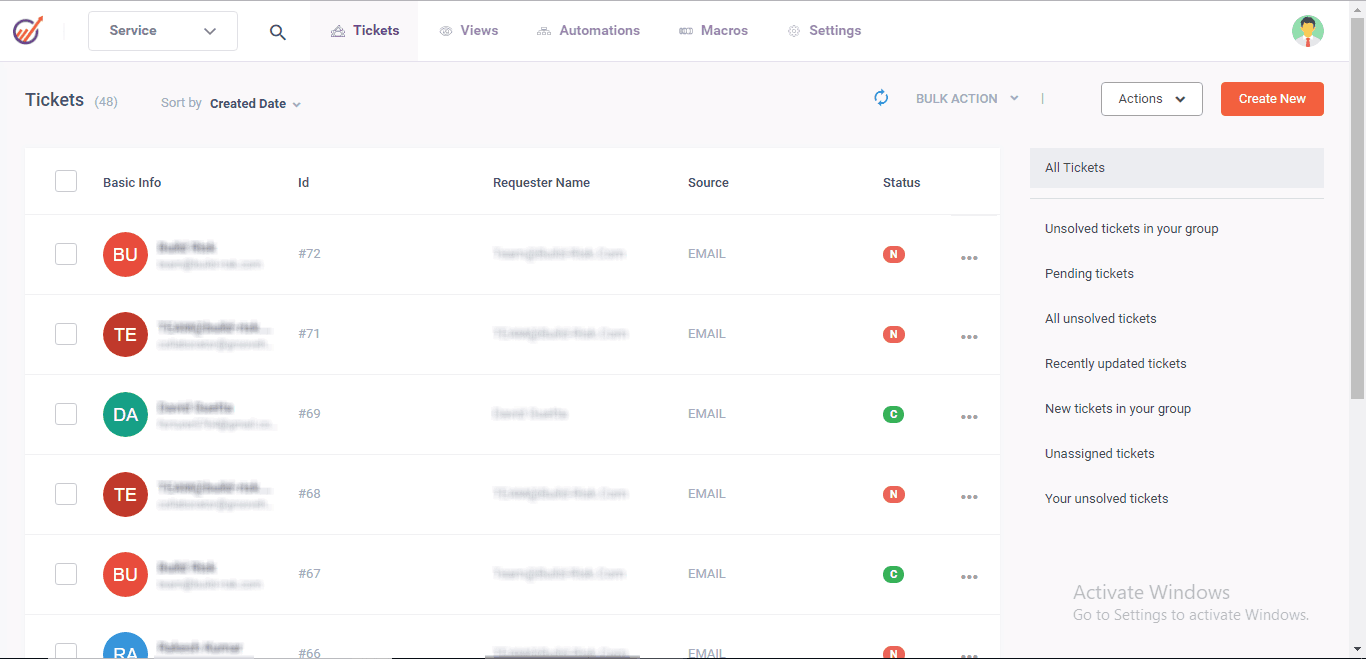Emergencies come in various forms, from natural disasters like hurricanes and earthquakes to human-made crises such as pandemics and industrial accidents. In an ever-changing world, being prepared for these unforeseen events is crucial. This essential guide to emergency management will equip you with the knowledge and skills needed to effectively respond to emergencies, ensuring your safety and the well-being of your community. Emergency management software is a great way of being prepared for emergencies.
Defining Emergency Management
Emergency management is a comprehensive approach to prepare for, respond to, recover from, and mitigate the effects of disasters and emergencies. It encompasses a wide range of activities and strategies aimed at reducing the impact of emergencies on individuals, communities, and infrastructure.
The Four Phases of Emergency Management
Emergency management consists of four key phases:
Mitigation:
This phase focuses on preventing or reducing the impact of disasters. It involves measures such as zoning regulations, building codes, and public education to increase awareness of potential hazards.
Preparedness:
Preparedness efforts include planning, training, and exercising emergency response procedures. Individuals and communities need to have a well-thought-out plan in place to respond effectively when an emergency occurs.
Response:
When an emergency happens, the response phase involves deploying resources and personnel to address immediate needs. This includes first responders like firefighters, police, and medical professionals working together to save lives and stabilize the situation.
Recovery:
After the immediate threat subsides, recovery efforts focus on restoring normalcy. This includes rebuilding infrastructure, providing support to affected individuals and families, and addressing the long-term impacts of the disaster.
Emergency Preparedness for Individuals
Creating a Personal Emergency Plan:
Every individual and family should have a personal emergency plan. This plan should outline communication strategies, evacuation routes, and a list of essential items to have on hand, including non-perishable food, water, medications, and important documents. Having taken a first aid course cpr training is very valuable in times of emergencies.
Building an Emergency Kit:
A well-stocked emergency kit is essential for survival during and after a disaster. It should include items like flashlights, batteries, a first-aid kit, a multi-tool, and also blankets. Make sure to regularly check and replenish the contents of your kit.
Staying Informed:
Stay informed about potential hazards and emergencies in your area through local news, emergency alerts, and also weather updates. Familiarize yourself with the emergency warning systems and evacuation procedures specific to your region.
Community Involvement in Emergency Management
Neighborhood Watch Programs:
Community-based organizations like Neighborhood Watch programs play a crucial role in emergency management. They promote communication and also cooperation among neighbors, fostering a sense of unity and preparedness.
Volunteer Opportunities:
Consider volunteering with local emergency response organizations such as the Red Cross or Community Emergency Response Teams (CERT). Moreover, these organizations provide training and opportunities to assist in disaster response efforts.
Building Resilience:
Building community resilience involves strengthening infrastructure, social networks, and also disaster response capabilities. Moreover, collaborative efforts can help communities bounce back faster after a disaster.
The Role of Government and Organizations
Government Agencies:
Government agencies at the federal, state, and local levels have a significant role in emergency management. They coordinate resources, provide assistance to affected areas, and also establish policies to reduce the risk of disasters.
Nonprofit Organizations:
Nonprofit organizations like the Federal Emergency Management Agency (FEMA) and the American Red Cross offer valuable resources and support during emergencies. These organizations provide training, disaster relief, and also recovery assistance.
Private Sector Involvement:
Private sector businesses also contribute to emergency management by developing business continuity plans, offering resources, and supporting employees and communities during crises.
Conclusion: Be Prepared, Stay Safe
Emergencies can strike at any time, and being prepared is the best way to protect yourself and your community. Utilizing the power of emergency management solutions, brought to you by no code app builders like Fliplet will ensure absolute preparation in a time of crises. By understanding the principles of emergency management, taking proactive steps to prepare, and also actively participating in your community’s response efforts, you can contribute to a safer and more resilient society in the face of uncertainty.



